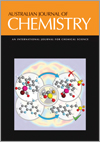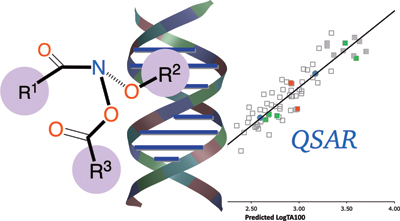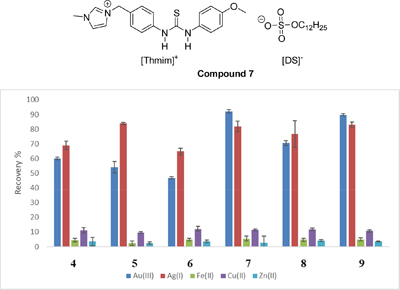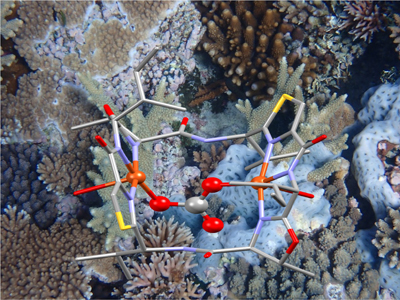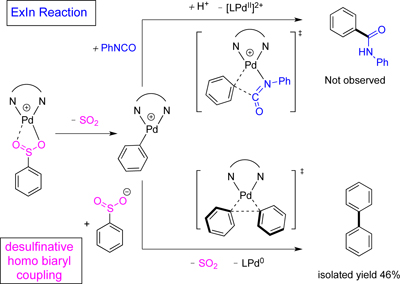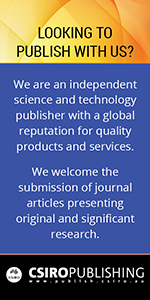Australian Journal of Chemistry
Volume 76
Number 1 2023
Special Issue
9th Heron Island Conference
N-Acyloxy-N-alkoxyamides are direct-acting mutagenic anomeric amides that react with DNA. Mutagenic activities reflect how structural elements impact on this interaction with DNA. Reliable QSARs (quantitative structure–activity relationships) reveal how hydrophobicity, reactivity and steric factors affect mutagenic activity and can discern intercalative ability of polycyclic aromatics, with good predictive ability.
Detailed studies on aryl/aryl diazoalkanes are still underrepresented in organic synthesis. Herein, we report on rhodium-catalyzed [2,3]-sigmatropic rearrangement reactions of such diazoalkanes to further broaden the applicability of aryl/aryl diazoalkanes for the construction of densely functionalized small molecules.
Gal-β-(1→4)-Gal is a ligand for the adhesin UcaD, a fimbrial protein used by the Gram-negative pathogen Proteus mirabilis to infect the urinary tract. This disaccharide was prepared via glycosylation of a d-galactoside acceptor with a d-Gal trichloroacetimidate donor. The use of a thiogalactoside acceptor resulted in aglycone transfer side reactions.
The synthesis of novel ionic thiourea derivatives for use in gold extractions directed at exploiting the combined advantages of ionic liquids and thiourea while providing a greener alternative to cyanidation for the extraction of gold is reported. The ability to recycle the ionic thiourea derivatives while increasing their gold extraction efficiency has been targeted.
There are large quantities of cyclic peptides in Lissoclinum patella ascidians, produced by the obligate symbiont Prochloron. Ascidians accumulate copper but the generally assumed factor of 104 is much overestimated, and it is shown here that there is a significant accumulation factor >500 and up to approximately 3000.
While gas-phase studies suggest that both palladium-mediated extrusion–insertion (ExIn) and condensation reactions operate for the generation of a N-phenyl-benzamide anion from the phenylsulfinate anion, a double desulfinative biaryl homocoupling reaction is favoured in the solution phase.
This work describes the development of a new non‐metal Brønsted acid catalytic method for the synthesis of 2‐aryl‐3‐carboxylate ester furans and 2,3‐diaryl furans from ynone substrates. The method was shown to be efficient under very mild reaction conditions with up to 94% product yields.


